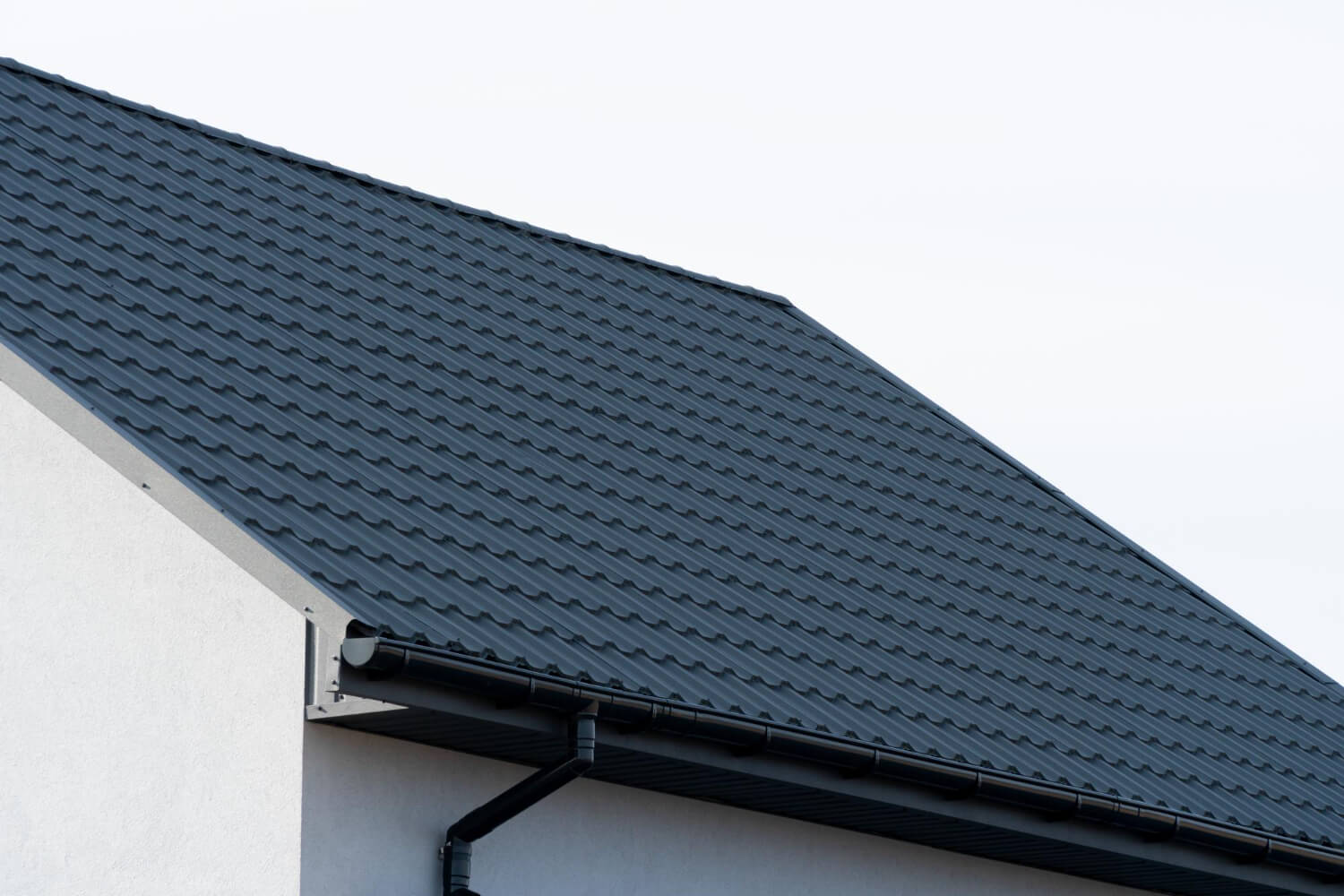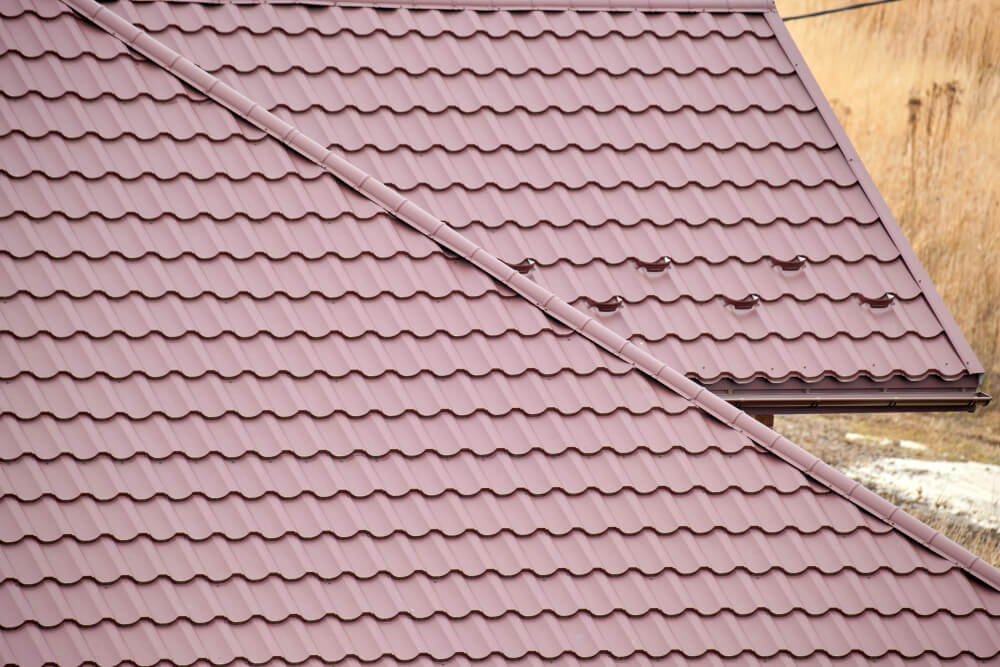
Roof Flashing vs. Drip Edge: Which is Better?
When it comes to protecting your home from water damage, two essential components of the roofing system are roof flashing and drip edge. These two elements play a crucial role in channeling water away from vulnerable areas, preventing leaks and maintaining the integrity of your roof.
But what exactly are roof flashing and drip edge, and how do they differ? In this article, we’ll explore the characteristics, functions, and benefits of both roof flashing and drip edge to help you determine which option is better for your roofing needs.
As a homeowner, you understand the importance of a robust and reliable roofing system. A well-designed roof not only enhances the aesthetic appeal of your home but also provides protection against various weather elements. Roof flashing and drip edge are integral components of this system, serving different purposes in safeguarding your home from water infiltration.
Roof Flashing: Defending Vulnerable Areas
Roof flashing is a thin, weather-resistant material typically made of galvanized steel, aluminum, or copper. It is installed around various roof features such as chimneys, vents, skylights, and dormers to prevent water penetration. The primary purpose of roof flashing is to create a waterproof barrier and direct water away from vulnerable areas.

Types of Roof Flashing
There are several types of roof flashing commonly used in residential construction:
Step Flashing
Step flashing is a series of small, interlaced metal pieces installed along the joints between the roof and vertical features, such as chimneys or walls. Each piece of step flashing overlaps the next, creating a stepped pattern that allows water to flow downward and away from the joint.
Continuous Flashing
Continuous flashing, also known as apron flashing, is a long, continuous strip of metal installed at the base of vertical roof features. It provides a protective barrier against water intrusion and is commonly used in areas where step flashing is not applicable, such as flat roofs or walls intersecting the roofline.
Valley Flashing
Valley flashing is installed in roof valleys, where two roof planes meet. It prevents water from accumulating in these low-lying areas and redirects it safely down the roof.
Benefits of Roof Flashing
- Protects against water intrusion: Roof flashing acts as a barrier, preventing water from seeping into vulnerable areas and causing damage to the underlying structure.
- Enhances roof lifespan: By redirecting water away from critical areas, roof flashing helps prolong the life of your roof and reduces the risk of leaks.
- Maintains structural integrity: By preventing water damage, roof flashing helps maintain the overall structural integrity of your home.
Drip Edge: A Shield for Your Roof’s Edges
Drip edge is a metal flashing installed along the edges of the roof, specifically the eaves and rakes. Its primary function is to guide water away from the fascia and prevent it from seeping into the roof deck, soffit, or walls.

Importance of Drip Edge
Drip edge offers several essential benefits for your roofing system:
Water Protection
One of the primary purposes of drip edge is to protect your roof from water damage. It helps channel water away from vulnerable areas, ensuring it does not infiltrate the roofing materials.
Prevents Rot and Decay
By directing water away from the fascia, drip edge helps prevent rot, decay, and mold growth. These issues can weaken the structural integrity of your roof over time.
Ice Dam Prevention
In colder climates, ice dams can form along the roof edges. Drip edge plays a crucial role in preventing the formation of ice dams by providing a barrier that prevents water from seeping into the roof deck and causing damage.
Types of Drip Edge
There are two main types of drip edge commonly used:
L-Shaped Drip Edge
L-shaped drip edge is the most common type and is installed along the eaves and rakes of the roof. It extends horizontally from the edge of the roof and vertically against the fascia board, creating a protective barrier.
T-Shaped Drip Edge
T-shaped drip edge is typically used in areas where the roof meets a wall. It provides an additional layer of protection and helps direct water away from the joint.
Roof Flashing vs. Drip Edge: The Key Differences
While both roof flashing and drip edge serve crucial roles in preventing water damage, they differ in terms of placement and function.
- Roof flashing is primarily installed around roof features like chimneys, vents, and skylights, safeguarding the joints and intersections. It creates a waterproof barrier and redirects water away from vulnerable areas.
- Drip edge, on the other hand, is installed along the edges of the roof to protect the eaves and rakes. It guides water away from the fascia and prevents it from infiltrating the roof deck and underlying structures.
When it comes to protecting your roof from water damage, both roof flashing and drip edge are essential components of a well-designed roofing system. Roof flashing defends vulnerable areas such as chimneys and vents, while drip edge shields the edges of the roof, preventing water infiltration. By understanding their functions and benefits, you can make an informed decision on which option is better suited for your specific roofing needs. Remember, consulting with a professional roofing contractor can provide valuable insights and ensure proper installation for optimal performance and longevity.


